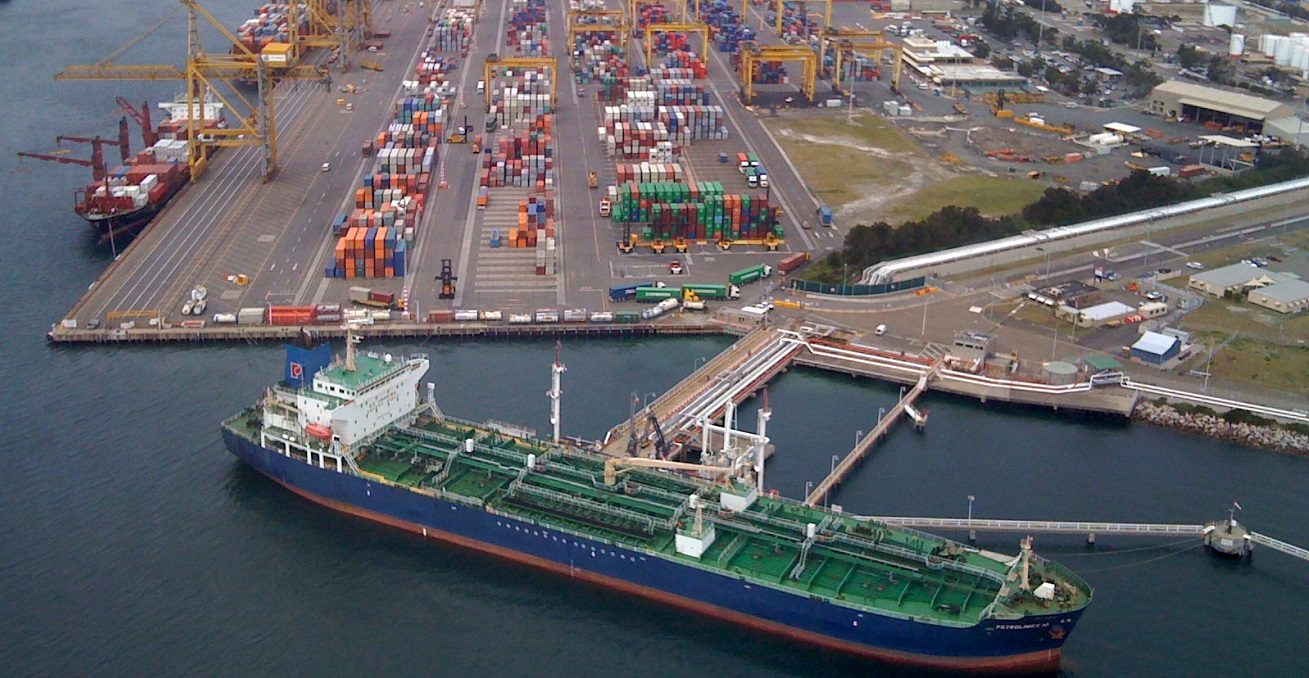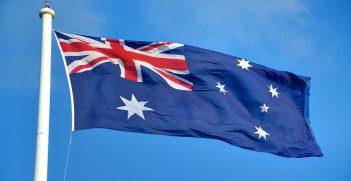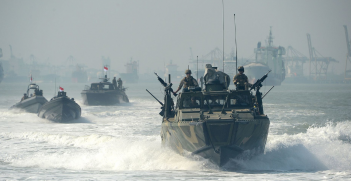Trade Diversification is Essential for Australia’s Recovery

This year, Australia has faced a perfect storm of shocks to its trade and investment relationships. The national debate has focused on domestic economic effects of the COVID-19 crisis, but the international economic challenges may prove to be greater in the long run.
This is an article published earlier this year and selected by our committee of commissioning editors as one of the best of 2020.
First was COVID-19 itself, which interrupted many global value chains. Difficulties in securing imports of some critical products became apparent as early as March. This morphed into the COVID-19 recession, which has dragged on all economies. However, it has weighed especially heavily on the United States, which is Australia’s most important investment partner.
Then came a sudden spike in protectionism, as governments around the world imposed trade restrictions to respond to the virus and its economic fallout. The data suggest there were more protectionist policies enacted in the first half of 2020 than there were in all of 2019. For an open and trade-exposed economy like Australia, this trend augurs poorly for key export sectors across resources, agriculture, and services.
And if this weren’t enough, Australia had also fallen into a trade conflict with China, its number one trade partner. China has applied sanctions to barley, beef, education, and tourism exports, in clear retaliation to Australia’s position on an independent international COVID-19 inquiry. A purported “hit list” outlining several products that may also be sanctioned if relations deteriorate further is already doing the rounds.
The Australian economy now faces the most adverse external economic environment in over a generation. Trade and investment flows – two of the key drivers of Australia’s economic performance– will fall dramatically in 2020 and 2021. However, the effects of these external shocks are amplified by the lack of diversity in Australia’s trade and investment ties.
Australia’s economic relationships are highly concentrated. The overwhelming majority of trade – 82 percent of merchandise exports in 2019 – are destined for Indo-Pacific markets, with China accounting for around one-third of the total. Resources account for approximately half of all exports, with three commodities – coal, iron ore and natural gas – being dominant. Services come second at 22 percent, largely made up of education and tourism. Recent analysis by the Perth USAsia Centre reveals that half of Australia’s top-30 export industries rely on a single dominant customer – usually China.
Australia’s investment ties also lack diversity, but instead are focused on the “old world.” The US and Europe account for 60 percent of Australia’s two-way investment. As COVID-19 plunges these economies into recession, their ability to export capital to Australia will fall precipitously. With net capital imports equivalent to one in six dollars of all private investment, this will weigh heavily on job creation efforts during the post-COVID recovery period.
This lack of diversity also means a lack of resilience. When an external shock – whether a supply chain interruption, recession, or trade conflict – affect an important partner, it carries an outsized negative effect through to the Australian economy. While Australia cannot prevent these economic shocks, it can take steps to better manage risk by diversifying its economic relationships.
Existing trade and investment ties did not originate by accident. They were built by the deliberate choices of successive generations of governments and businesses. Australia’s world-record run of 29 years recession free (1991-2019) is a testament to the success of these efforts. However, it also shows that Australian governments and businesses can choose with whom they trade and invest.
Diversification will be a complex, long-term endeavour. It is not about growing ties with any particular partner, nor indeed reducing existing relationships that have performed well. Rather, it involves a set of interlinked activities to foster a broader foundation for Australia’s future economic engagement with the world. This includes both activities of government, such as trade negotiations and commercial diplomacy, as well as the market development strategies of Australian businesses.
Fortunately, the Australian government has many policies in place to develop new trade and investment relationships. The recent trade agreement with Indonesia, and economic engagement strategies aimed at India, Vietnam, and ASEAN, are leading examples. As COVID-19 has brought into sharp relief the risks associated with a lack of diversity, they should now be accorded as much higher priority than in previous times.
Indonesia, Vietnam, and India present themselves as attractive partners for Australia to diversify its economic relationships. One of the silver linings of the global pandemic has been the strengthened ties between Australia and Indonesia, with the landmark Indonesia-Australia Comprehensive Economic Partnership Agreement (IA-CEPA) in force from 5 July this year. IA-CEPA is the highest quality trade agreement that Indonesia has ever signed, and offers opportunities for Australia across agriculture, resources, and service sectors.
Vietnam is considered one of COVID-19’s success stories, and represents an ideal economic partner for Australia. It has complementary economic needs, a stable business environment, and a high-growing economy driven by youthful demographics and rapid urbanisation and industrialisation. Vietnam presently accounts for only 1.7 percent of Australia’s two-way trade, indicating there is considerable room for growth.
On the back of Prime Minister Scott Morrison’s virtual summit with India’s Prime Minister Narendra Modi in June, Australia should also tap into the potential of a stronger partnership with India. The recently-concluded bilateral memoranda of understanding on critical minerals, cyber technologies, defence science, and vocational training provide a foundation for these efforts.
As Australia begins thinking about its economic recovery, it also needs to think about what kind of connections it wants with international partners. Despite its many challenges, the crisis offers a historic opportunity to build more diversity and resilience into Australia’s economic relationships as it build a post-COVID-19 future.
Dr Jeffrey Wilson is the Research Director at the Perth USAsia Centre.
This article is published under a Creative Commons Licence and may be republished with attribution.





